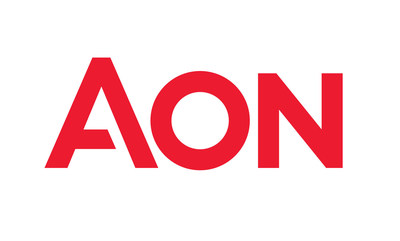Companies Struggle to Meet Rising Demand for Personalized Benefits, Aon Survey Finds
Global survey of benefits professionals found only 14 percent of multinationals have global guidelines in place to support personalization
According to the study, cost management is the top priority for 70 percent of multinationals, with medical inflation cited as the key cost driver. But delivering employee value has surged to the forefront of the strategic agenda, now ranking among the top three objectives for benefits leaders. This disconnect underscores a new challenge for global benefits leaders: meeting rising employee expectations for flexibility while managing escalating costs. Seventy seven percent of survey respondents plan to negotiate their costs with existing benefits vendors and 67 percent plan to issue an RFP for benefits vendors.
"Employees increasingly expect a consumer-grade experience when it comes to their benefits – one that offers meaningful choice, creates innovative solutions and aligns with their individual needs," said
Personalization and Inclusion: Expanding the Definition of Employee Value
Personalization increasingly incorporates inclusive benefits that address the diverse needs of today's workforce.
Personalized and inclusive benefits are also increasingly tied to wellbeing strategies, with 37 percent of companies actively considering initiatives that integrate health and work-life balance.
Overcoming Barriers to Personalization
While demand for personalized benefits is accelerating, most organizations face structural and operational challenges in scaling these offerings. While nearly half of companies have indicated that they already have a global benefits strategy, only 25 percent of global benefits leaders say their governance structure enables them to meet their objectives. By comparison, leading companies are three times more likely to have formal governance committees and twice as likely to centralize data and decision-making resulting in stronger alignment, cost savings and more stable benefits delivery. These top companies are also 67 percent more likely to have
Technology, including artificial intelligence, presents a significant opportunity to deliver employee value while creating cost efficiencies. Leading companies are more than twice as likely to use tech to enable personalized experiences. However, only one in six benefits teams currently use AI to support benefits design or delivery. That figure is expected to nearly triple by 2027, but adoption is still limited by legacy systems, governance challenges and organizational readiness.
"This year's study confirms what many global benefits leaders already feel, expectations are rising, but the tools and governance structures to meet them haven't kept pace," said Pedel. "To deliver real value, organizations must think beyond cost containment. That means embracing personalization, investing in inclusive benefits, leveraging data and analytics, and using technology and governance as strategic enablers. The companies that do this well aren't just managing benefits, they're shaping the future of work."
About the Study
The 2025 Global Benefits Trends Study surveyed 518 global benefits professionals across 45 countries and 16 industries
About
Follow
Media Contact
mediainquiries@aon.com
Toll-free (
International: +1 312 381 3024
![]() View original content to download multimedia:https://www.prnewswire.com/news-releases/companies-struggle-to-meet-rising-demand-for-personalized-benefits-aon-survey-finds-302515366.html
View original content to download multimedia:https://www.prnewswire.com/news-releases/companies-struggle-to-meet-rising-demand-for-personalized-benefits-aon-survey-finds-302515366.html
SOURCE

